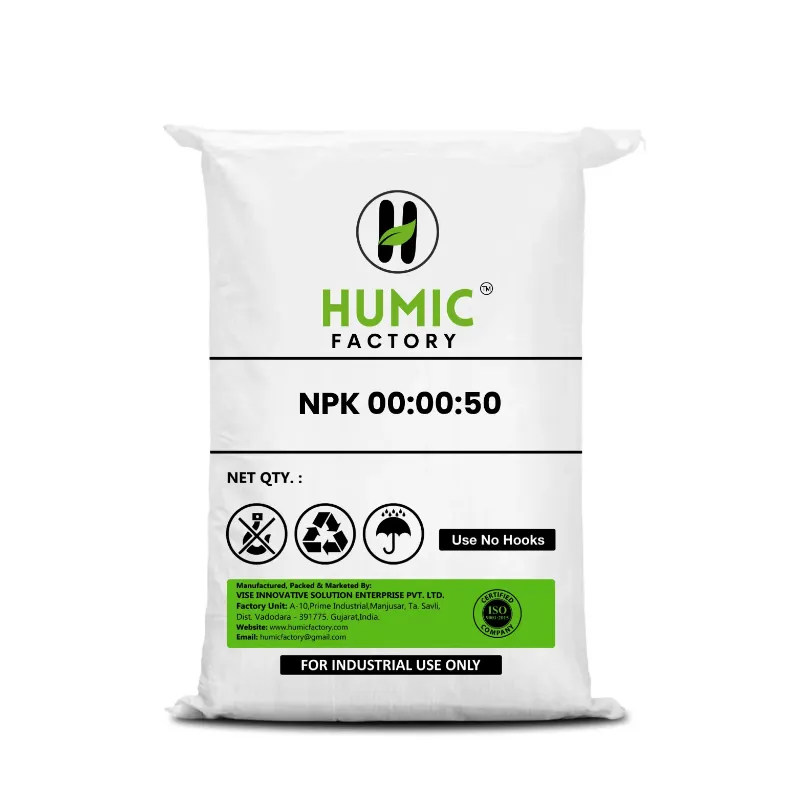Humic acid is a versatile soil amendment that can benefit a wide range of crops and plants across various agricultural and horticultural settings. However, its effectiveness and suitability for different types of crops and plants can vary depending on factors such as soil characteristics, plant species, growth stage, and specific crop management practices. While humic acid offers numerous benefits for soil health, nutrient availability, and plant growth promotion, its application should be tailored to the specific needs and requirements of different crops and plants. Here are several key points to consider regarding the suitability of humic acid for different types of crops and plants:
1. Broad Applicability:
Humic acid can be applied to a wide range of crops and plants, including but not limited to fruits, vegetables, grains, legumes, ornamentals, turfgrass, and trees. Its versatility makes it suitable for use in various agricultural and horticultural settings, including field crops, greenhouse production, nurseries, landscaping, and turf management.
2. Soil Types and Conditions:
Humic acid is effective in improving soil structure, fertility, and nutrient availability across different soil types, including sandy soils, loamy soils, clay soils, and organic soils. It helps enhance soil aggregation, increase water retention, promote nutrient cycling, and improve soil microbial activity, regardless of soil texture or composition. However, the effectiveness of humic acid may vary depending on specific soil conditions such as pH, organic matter content, and nutrient status.
3. Crop Types and Growth Stages:
Humic acid can benefit various types of crops at different growth stages, including seedlings, vegetative growth, flowering, and fruit development. It promotes root growth, enhances nutrient uptake, stimulates plant metabolism, and improves stress tolerance, leading to increased crop vigor, biomass production, and yield. Different crops may respond differently to humic acid application, and the timing and frequency of application may need to be adjusted based on crop growth stages and specific crop management practices.
4. Nutrient Management:
Humic acid improves nutrient availability and uptake in soil, making it beneficial for crops with diverse nutrient requirements. It enhances the solubility and mobility of nutrients, chelates micronutrients, reduces nutrient leaching, and increases nutrient retention in the root zone. As a result, humic acid can benefit crops with varying nutrient demands, including those requiring high levels of macronutrients (e.g., nitrogen, phosphorus, potassium) as well as micronutrients (e.g., iron, zinc, manganese).
5. Environmental Conditions:
Humic acid helps plants cope with various environmental stresses, including drought, salinity, heat, cold, and nutrient deficiencies. It improves water retention, increases stress tolerance, and activates stress-related defense mechanisms in plants, enabling them to better withstand adverse environmental conditions. As a result, humic acid can benefit crops grown under challenging environmental conditions or in areas prone to abiotic stresses.
6. Plant Species and Varieties:
While humic acid is generally suitable for most plant species and varieties, some crops may exhibit differential responses to humic acid application based on their genetic characteristics and physiological traits. Certain plant species or varieties may be more responsive to humic acid, showing greater improvements in growth, yield, and quality compared to others. Additionally, specific crop varieties may have different nutrient requirements or growth patterns that influence their response to humic acid application.
7. Application Methods and Rates:
The effectiveness of humic acid application depends on the method and rate of application, as well as the compatibility with other agronomic inputs. Humic acid can be applied to soil through various methods, including soil incorporation, fertigation, irrigation, and foliar spray. The application rate of humic acid should be based on soil test results, crop nutrient requirements, and manufacturer recommendations to optimize its effectiveness without overapplication.
8. Organic and Conventional Farming:
Humic acid, derived from natural organic sources, aligns with the principles of sustainable agriculture, making it suitable for use in both organic and conventional farming systems. Organic farmers may use humic acid as a soil conditioner and fertilizer additive to improve soil fertility, enhance nutrient availability, and promote plant growth while adhering to organic certification standards. Similarly, conventional farmers may incorporate humic acid into their crop management practices to improve soil health, optimize nutrient management, and increase crop productivity.
In summary, humic acid is suitable for a wide range of crops and plants across various agricultural and horticultural settings. Its broad applicability, effectiveness in improving soil health and fertility, and ability to enhance plant growth and stress tolerance make it a valuable soil amendment for diverse cropping systems. However, the suitability and effectiveness of humic acid may vary depending on factors such as soil types and conditions, crop types and growth stages, nutrient management practices, environmental conditions, plant species and varieties, and application methods and rates. By considering these factors and tailoring humic acid application to specific crop and soil needs, growers can maximize its effectiveness in promoting soil health, enhancing plant growth, and achieving sustainable agricultural production.





